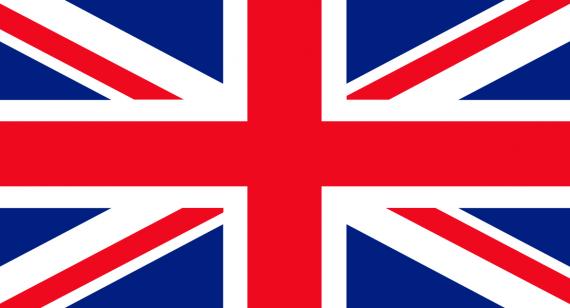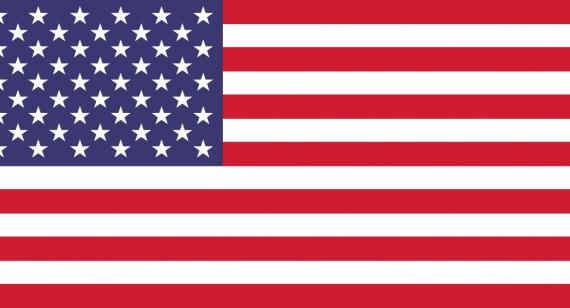Falsified Medicines Directive 2011/62 (FMD), the European directive on falsified medicines, will come into force in all European countries from 9 February 2019, with the exception of Italy and Greece, which were given an additional 6 years' delay.
In the pharmaceutical sector, traceability means following each medicine from its production to the patient to ensure its quality and integrity. Automatic identification techniques such as barcodes are increasingly being used to ensure this traceability and to prevent the counterfeiting of medicines.
Indeed, some studies indicate that around 10% of the medicines on the world market are counterfeit, and this percentage is even higher if we consider medicines offered on the Internet. A unique, unambiguous identification is crucial to ensure the integrity of a medicine throughout the supply chain.
The aim of the FMD regulation is to do everything possible to establish a system of unique identification, on the basis of which each medicine can be traced from production to the patient.
Each package of prescription medicines is identified by 4 elements:
- a unique identification number (Global Trade Item Number of GTIN)
- a serial number
- an expiry date
- a batch or lot number
These elements must be presented in the form of a two-dimensional GS1 DataMatrix-barcode. Consult our step-by-step plan for more information on how to provide your packaging with the correct data.
Harmonisation at European level allows national authorities to better combat counterfeiting and improve the traceability of medicines. With this system, each medicine is identified with a unique serial number at the point of sale (pharmacy, hospital).
The GS1 standards provide the solution for the unique identification required by Europe and ensure the interoperability of national and international traceability systems.


